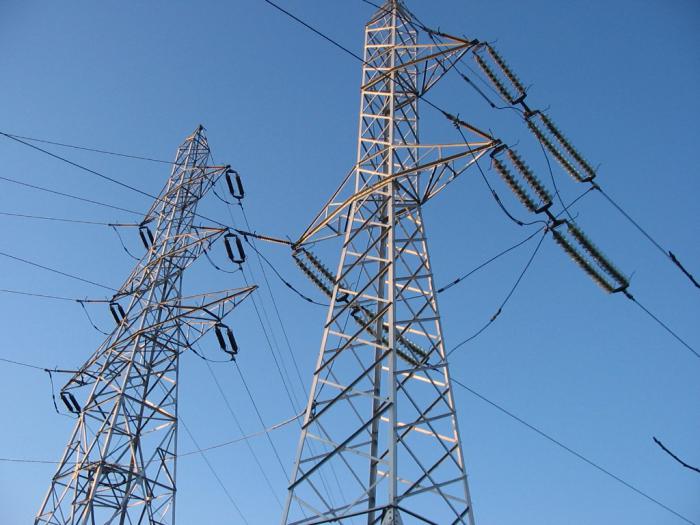Electricity metering device(counter) - a subject habitual and obligatory in any house, private or multiroom. Outdated “spinning disk” electric meters are increasingly replacing the electronic metering device of the new generation - a two-tariff electricity meter. The reviews of citizens who have already switched to the separate accounting of consumed electricity are rather contradictory.
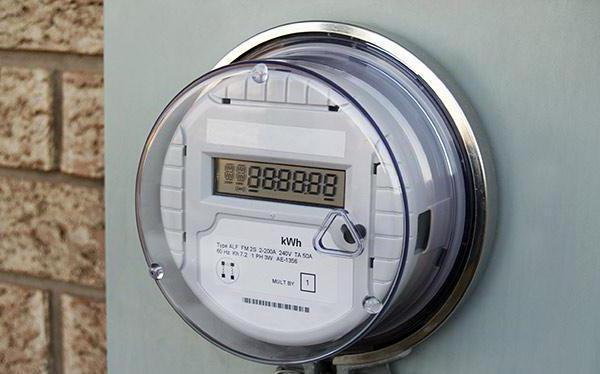
Impressive part of electricity consumersspeaks of a fairly quick payback of the installation of a two-tariff metering device: the term is from 6 to 18 months. However, negative reviews are also found. The main claim - the two-tariff accounting system did not justify itself and turned out to be less profitable than energy supply companies stated. Why is this happening, and how can the installation of such a device as a two-tariff electricity meter be justified?
What is a two-tariff counter?
Electronic two-tariff electricity meterrefers to the energy metering devices of the new generation. The functions of this type of meter allow separate accounting of consumed electricity based on the time of day when consumption occurred. What is this function for?
Energy companies have long noticed "zonality"electricity consumption. The main "peak" of energy consumption is traditionally in the morning and evening - at this time people, going to work or returning home in the evening, use the maximum number of lighting fixtures and household appliances. Minimum consumption of electricity occurs at night. Such "fluctuations" create inconveniences for energy companies, forcing them to work with an additional load during peak hours. And it was precisely with the aim of somewhat “unloading” energy companies that schemes of multi-tariff and two-tariff accounting were invented.
Two-tariff accounting is that dayconditionally divided into "daytime" and "night" time. At the same time, the electricity consumed “at night” is paid at a price lower than that of the “day”. Thus, it becomes advantageous for citizens to somewhat adjust the working hours of their household energy-using appliances.
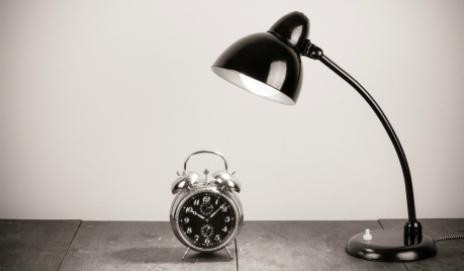
How long does it take to account for a two-tariff counter?
With a two-tariff electricity metering scheme, the days are distributed as follows:
- Day zone - the period from 7:00 am and until 23:00 hours.
- Night zone, respectively - from 23:00 to 7:00 h.

For whom it is advantageous to install a two-tariff counter
So, the system of two-tariff accounting, whichpower companies offer, at first glance, quite simple and profitable. Electricity suppliers, “selling” electricity at night at a price lower than during the daytime, partially compensate this difference for themselves, slightly overestimating the cost of electricity at the “daytime” tariff. Then why are all owners of residential and industrial premises in no hurry to switch to two-tariff metering devices? There are several reasons. One of them is the usual Russian “running around with documents”, which not everyone has the time and desire to deal with. Another reason most often the owners of premises are afraid to install a two-tariff electricity meter is the feedback from people who claim that the “day / night” tariff did not pay off or it pays for itself very slowly.
What is the reason for the appearance of such reviews?The main thing that should be known to those who are just planning to install a two-tariff electricity meter: people's feedback on the benefits and payback time of switching to such an accounting scheme differ significantly in different regions due to the fact that “daytime” and “nighttime” tariffs differ energy companies in every region. So, for example, in the Russian capital and the region the price per kilowatt for the urban population in the daytime is 5.57, at night it is 1.43 rubles. Such a tangible difference makes the installation of a two-tariff metering device incredibly profitable.
Another example:if a citizen lives in a rural area of the Volgograd region, for him the ratio day / night for 2016 will be 2.81 / 2.01 rub. In this case, the difference is not so noticeable. And if we consider that during the day the citizen “overpays” for electricity in relation to a single tariff scheme, the benefit from installing a two-tariff meter is rather dubious.
Therefore, before installing a two-tariff electricity meter, it is worthwhile to clarify the difference between the day and night tariffs and decide for yourself whether it is worth switching to a similar metering scheme at all.
How to install a two-tariff counter
The process of switching to a two-tariff accounting system for spent energy is actually much simpler than is commonly believed.
The first thing you need to buy an electronic meter withfunction of setting two tariffs. It is best to purchase the device directly from a specialist called to replace an old meter with a new one. If for some reason the owner of the premises wants to buy the metering device himself, then this must be done exclusively in a store that specializes in the trade in metering devices.
The next step is to get in the energy supply.company ruling on the replacement (installation) of an electricity metering device. Only after receiving this document can you call a specialist who installs the metering device.
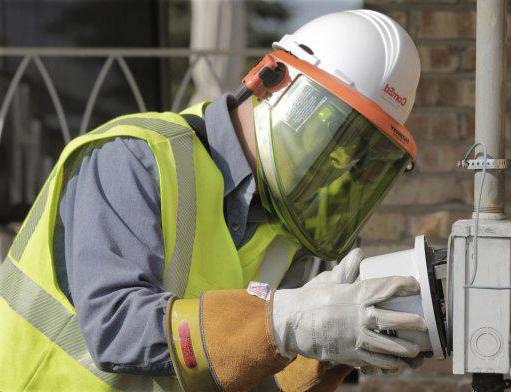
Mandatory final installation stepa two-tariff counter is a call to a specialist of a power supply company. He must configure, adjust and seal the installed counter, make the appropriate marks in the technical passport. In addition, the specialist can give the necessary instructions regarding the operation of the meter, the timing of verification and the reading of the meter.
What documents are required to install a two-tariff counter
To switch to the two-tariff accounting system, the following documents should be submitted to the energy supplying company:
- Passport.
- Previously concluded agreement with the power company; after switching to a two-tariff metering of electricity, the contract is renewed.
- Documents confirming the ownership of the premises where the meter will be installed.
- Application (application form and sample, as a rule, are provided by a power company specialist).

What meter is better to choose for residential premises
What to look for when buying an electronic double-tariff counter?
Before buying you need to make sure thatThe purchased meter is allowed for use in the Russian Federation (that is, this model is entered in the state register) and, which is also important, corresponds to GOST.
Be sure to follow the technical passportcheck the completeness, the presence in the passport of the affixed serial serial number, date of issue, calibration interval and warranty periods, the presence and integrity of all mandatory factory seals.
Another important indicator is accuracy class. For private houses or a separate apartment, the accuracy of the device of the 2nd class is quite permissible; for a multi-storey building, class 1 is established by law
Ещё один вопрос, который нередко задают люди, acquiring dvukhtarifnyh electricity meters: "Which is better - imported or Russian production?" Until recently, preference was often given to metering devices produced in European countries. But today there are quite a few Russian manufacturers producing two-tariff electricity meter, reviews of which perfectly characterize their products. These include, for example, the Moscow Plant for Electrical Instruments, which supplies meters for the ESR-55 line, the Stavropol-based company Energomer, which produces metering devices of the same name, or NPK Incotex, the manufacturer of the popular metering instrument, Mercury. And this is not a complete list of Russian manufacturers, well-established in this area.
It is best to determine the choice of model with the help of a specialist from the energy supplying company - he can suggest which models of metering devices are recommended for installation.
Single phase or three phase - what is the difference?
Another question that may arise inthe process of installing a two-tariff meter: purchase a single-phase or three-phase metering device. The difference is that single-phase metering devices are designed for installation in a room where the power supply network with a voltage of 220 V. These include an ordinary city apartment, a private residential or summer household, a private garage or a small outlet.
380V power supply requiredthree-phase electricity meter. A two-tariff electronic metering device that meets this requirement is suitable for private large houses and cottages, businesses, large private or industrial garages, in short, for any room with increased electricity consumption.
The main advantage of a three-phase metering device -This is what, unlike single-phase, it can fully operate both at 380 V and in networks with 220 V. Thus, the three-phase two-tariff electricity meter is in some way a universal option for most rooms.
When to take meter readings
After the installation procedure of the metering devicepassed completely, it is necessary to figure out how to take readings from a two-tariff electricity meter correctly and in a timely manner in order to avoid overpayment, penalty or incorrect charge.
Energy experts most often recommendtake monthly meter readings in the same period - the last days of the current month. Such regularity allows controlling energy consumption and providing data to the electricity supplier in a timely manner.
How to take readings of electricity for the month
The readings of the two-tariff electricity meter are taken as follows:
- For meter readings of consumed electricity, it is best to have a separate notebook (notebook).
- On the meter display the readings are indicatedthe letter "T" and the numbers 1-3. The time period “day” corresponds to the indicator “T1”, the night period is indicated on the display as “T2”. Both indicators are written in the notebook.
- Important!Not all figures on the display are recorded, but only meter readings, denoting kW. Numbers separated by a dot (a frame, highlighted in a contrasting color, etc.) denote shares of kilowatt - this indicator is not fixed or a rounded first digit is written after the dot.
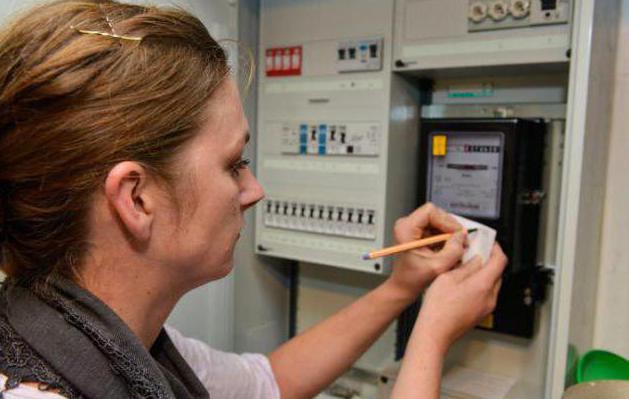
How to calculate the power consumption for the two-tariff counter
The calculation of electricity on a two-tariff counter is made as follows:
- From the testimony of "T1" for the current month, the previous testimony of "T1" is subtracted. The result is multiplied by the price of kW at the rate of "day".
- From the testimony of "T2" for the current month, the previous testimony of "T2" is subtracted. The result is multiplied by the price of kW at the rate of "night".
- If for each tariff energy supplying companysends a separate receipt, the results are entered in the "day" and "night" receipt, respectively. If the payment is made on a single receipt, the amount for the day and night tariff is paid in the general receipt and when paid is added up.

We fill in the receipt
If for the convenience of the customer, the power supplythe company sends a receipt every month with the completed details and a ready-made payment, the only thing you need to add such a form is the electricity meter readings for the current month.
If the receipt is madethe owner of the premises themselves, it is not enough just to know how to calculate the electricity on a two-tariff meter yourself, you need to correctly and in detail fill out a receipt for payment:
- The receipt is filled with all the necessary columns.
- In the column "Branch (name) of the bank accountbeneficiary, personal account "specifies the details of the bank in which the energy supplying company opened an account, the number of the personal and current accounts of the electricity supplier, the code and the MFO. All this information is contained in the contract with the power company.
- In the column "Name, initials, address" the payer enters his data.
- A month is entered into the “Electricity” table, forwhich is being paid. Then it is filled line by line: the current "final" testimony "T1", the previous testimony "T1", the "daily" tariff (kW / h), the amount payable in rubles and kopecks. Similarly, in the next line, the data for the night tariff “T2” is filled: the current “final” readings “T2”, the previous readings “T2”, the “night” tariff (kW / h), the amount payable in rubles and kopecks.
Необходимо обратить внимание, что в статье The standard receipt form is shown. The form of payment receipt may vary slightly for different electricity suppliers. If there are questions during the filling, you should contact the energy supplying company for an explanation.

